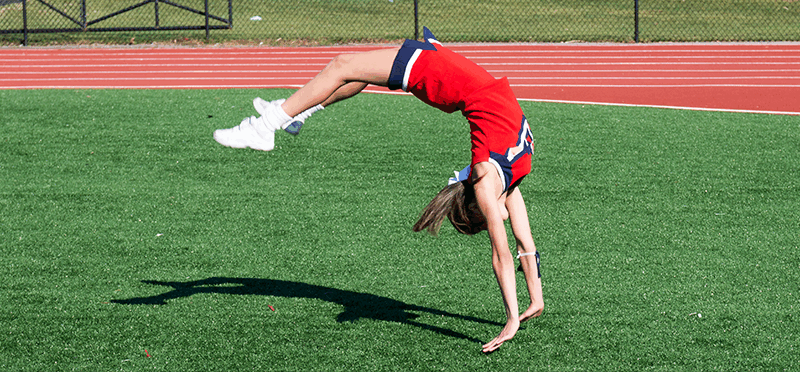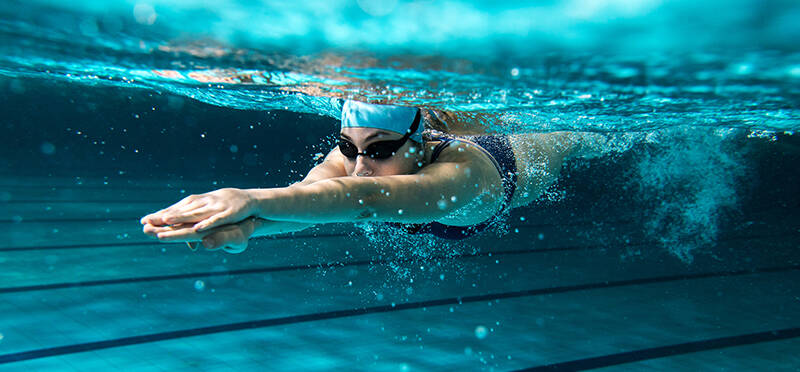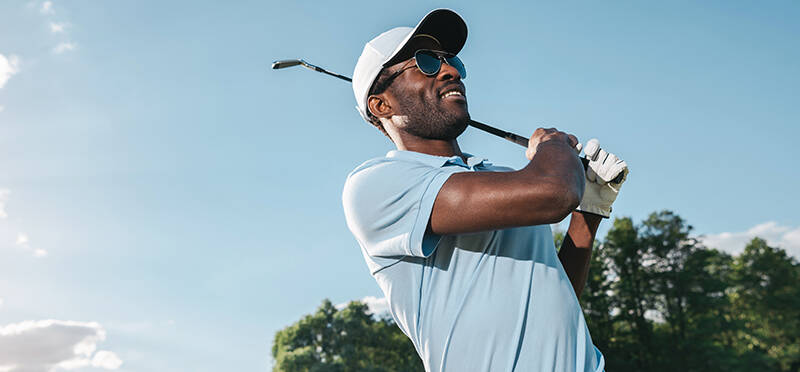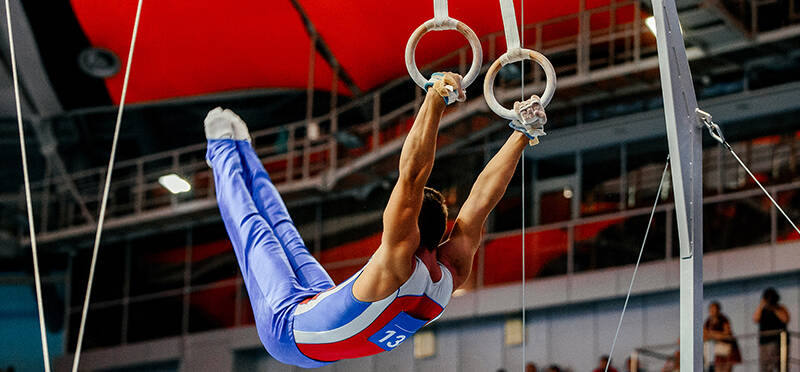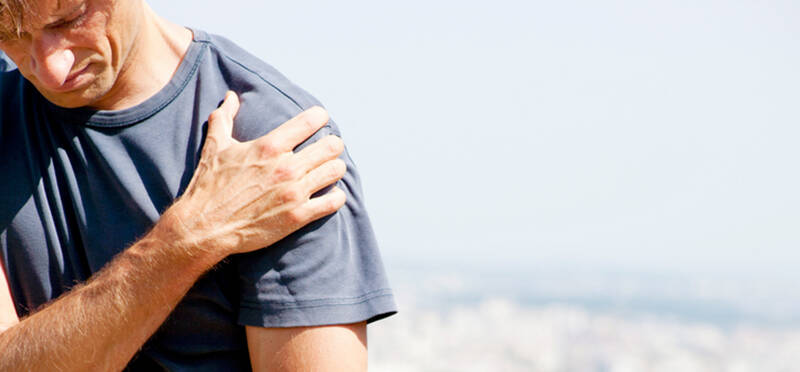Shoulder Stability for Cheerleaders
Posted on April 14, 2025 by Tara Hackney, PT, DPT, OCS, KTTP
Co-author: Megan Partain, SPT Have you ever wondered how your favorite cheerleaders spend hours tumbling, stunting, and holding each other...
(more…)




